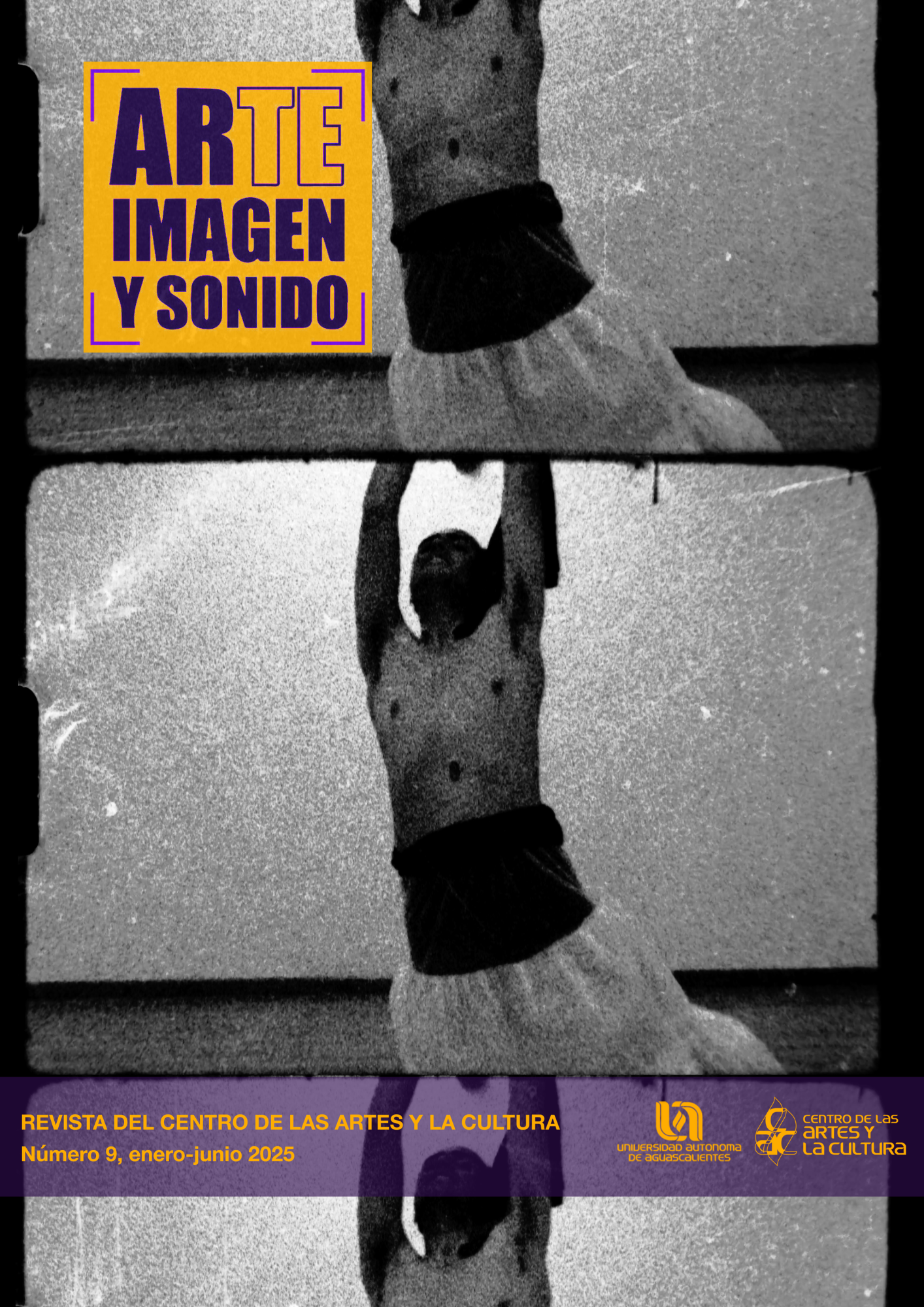Bodies that resist: Gabriela Cabezón Cámara's Le viste la cara a Dios, and María Fernanda Ampuero’s “Biografía”
DOI:
https://doi.org/10.33064/9ais7729Keywords:
body, violence, Resistance, Latinoamerican Women NarratorsAbstract
In both tales, Gabriela Cabezón Cámara’s Le viste la cara a Dios and María Fernanda Ampuero’s “Biografía”, the main characters develop the conditions in order to survive precariousness: in the first case, the woman is a victim of human trafficking; in the second case, the character is an immigrant who, within the refugees and solicitors of political asylum, is an example of the “necropolitical subject”, according to Achille Mbembe. The body of these women is the first territory where different expressions of violence are experienced. The second territory is the space: the brothel, the site of the kidnapping, closed places that drives both characters to extremes situations. Nevertheless, the female characters elaborate strategies as part of the process of becoming, this allows them to resist the patriarchal and capitalist violence. In pursuit of the narrative’s analysis, Rossi Braidotti’s posthumanist proposal over nomad subjectivity is taken, as well it contributes to the dialogue between this works that recreates actual situations of violence. It is important to notice that the process of becoming in this narratives implies a fictional alternative of resistance against contemporary contexts.
Downloads
References
Ampuero, María Fernanda. Sacrificios humanos. Páginas de Espuma, 2021.
Braidotti, Rosi. Feminismo, diferencia sexual y subjetividad nómade. Traducido por Gabriela Ventureira y María Luisa Femenías. Gedisa, 2004.
Braidotti, Rosi. Lo posthumano. Traducido por Juan Carlos Gentile Vitale. Gedisa, 2015.
Cabezón Cámara, Gabriela. Le viste la cara a Dios. Colección de bichos, 2011. https://auladigitalweb.files.wordpress.com/2019/03/gabriela-cabezon-camara-le-viste-la-cara-a-dios-1.pdf
Cabezón Cámara, Gabriela e Iñaki Echeverría. Beya (le viste la casa a Dios). Eterna Cadencia, 2020.
Calveiro, Pilar. Poder y desaparición: los campos de concentración en Argentina. Colihue, 2004. https://www.comisionporlamemoria.org/archivos/jovenesymemoria/bibliografia_web/dictadura/Calveiro.pdf
Centro de Información Judicial. “Caso Marita Verón: Fallo de la Suprema Corte de Justicia de Tucumán”. 17 de diciembre de 2013, Consultado el 19 de julio de 2024. https://www.cij.gov.ar/nota-12751-Caso-Marita-Ver-n--fallo-de-la-Corte-Suprema-de-Justicia-de-Tucum-n.html
Drucaroff, Elsa. Los prisioneros de la torre. Política, relatos y jóvenes en la postdictadura. Emecé, 2011.
Enriquez, Mariana. El otro lado. Retratos, fetichismo, confesiones. Anagrama, 2022.
Federici, Silvia. Calibán y la bruja. Mujeres, cuerpo y acumulación originaria. Traducido por Verónica Hendel y Leopoldo Sebastián Touza. Tinta Limón Ediciones, 2018.
Gasparini, Sandra. “‘Aquí no me escucharán gritar’: violencia y horror en la narrativa latinoamericana reciente escrita por mujeres”. Tesis 15, núm. 20 (2022): 257-288. https://doi.org/10.15381/tesis.v15i20.23522 DOI: https://doi.org/10.15381/tesis.v15i20.23522
Giorgi, Gabriel. Formas comunes. Animalidad, cultura, biopolítica. Eterna Cadencia, 2014.
González, Anahí Gabriela e Iván Darío Ávila. Glosario de resistencia animal(ista). Ediciones desde Abajo / ILECA, 2022. https://www.institutoleca.org/wp-content/uploads/2023/10/Glosario-de-resistencia-animalista.pdf
Harvey, David. “El ‘nuevo’ imperialismo: acumulación por desposesión”. Socialist register, CLACSO, (2005): 99-129 http://biblioteca.clacso.org.ar/clacso/se/20130702120830/harvey.pdf
Larrea, Carlos. “Crisis, dolarización y pobreza en el Ecuador”. En Retos para la integración social de los pobres en América Latina, editado por Carlos Barba Solano. CLACSO, 2008. http://biblioteca.clacso.edu.ar/ar/libros/grupos/barba/13larrea.pdf
Mbembe, Achille. Necropolítica. Sobre el gobierno privado indirecto. Traducido por Elisabeth Fawmir Archambault. Melusina, 2011.
Rich, Adrienne. Sangre, pan y poesía. Prosa escogida: 1979-1985. Traducido por María Soledad Sánchez Gómez. Icaria / Antrazyt, 2001.
Segato, Rita Laura. La guerra contra las mujeres. Traficantes de Sueños, 2016. https://traficantes.net/sites/default/files/pdfs/map45_segato_web.pdf
Valencia, Sayak. Capitalismo gore. Paidós, 2016.
Downloads
Published
How to Cite
Issue
Section
License
Copyright (c) 2025 Marcela Gándara Rodríguez

This work is licensed under a Creative Commons Attribution-NonCommercial-ShareAlike 4.0 International License.
The copyright of the articles rests with the authors, who by publishing them agree to do so under the Creative Commons Attribution-NonCommercial-NoDerivatives 4.0 International license.













